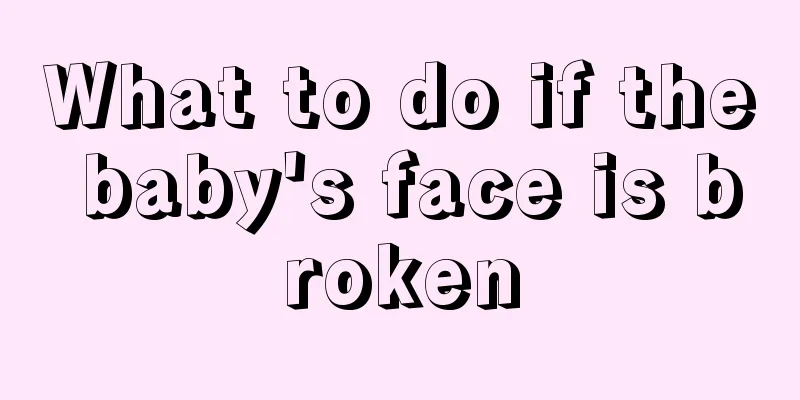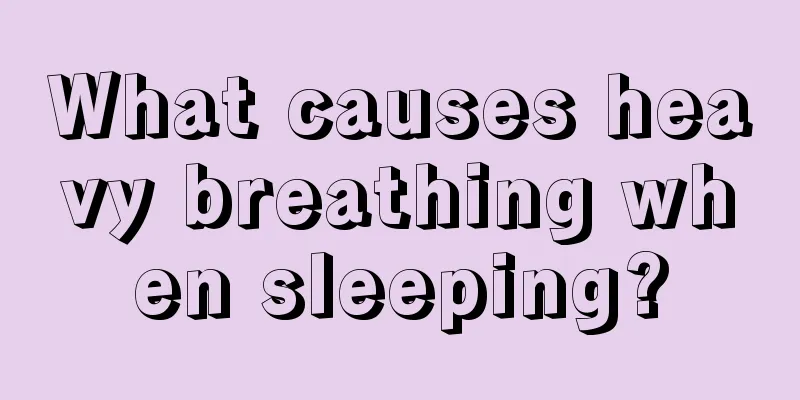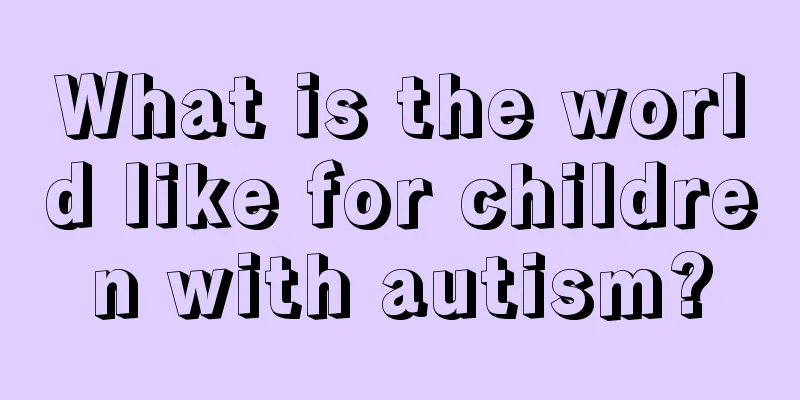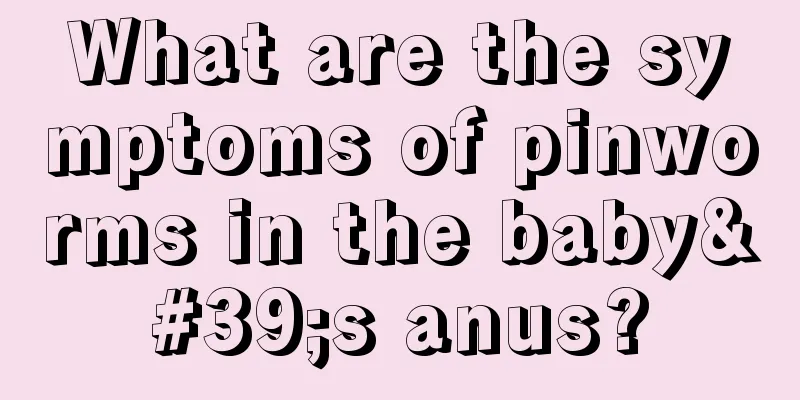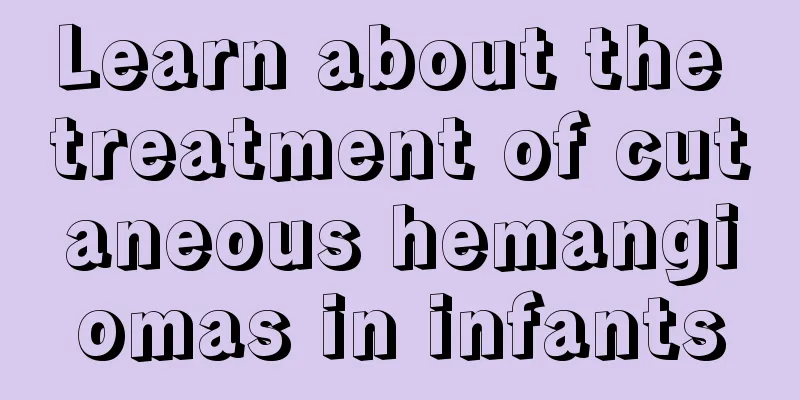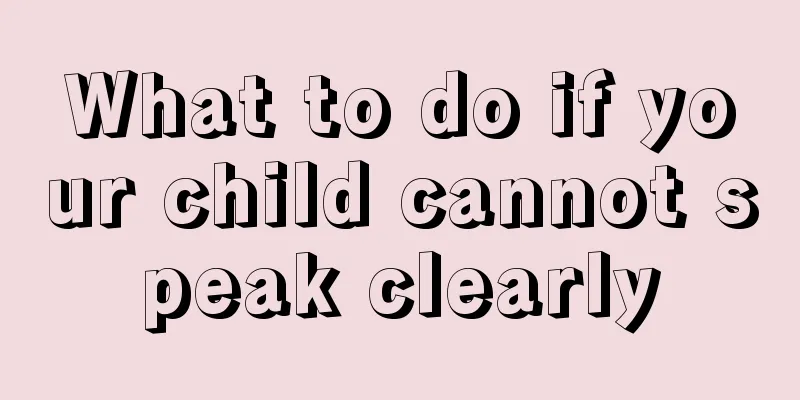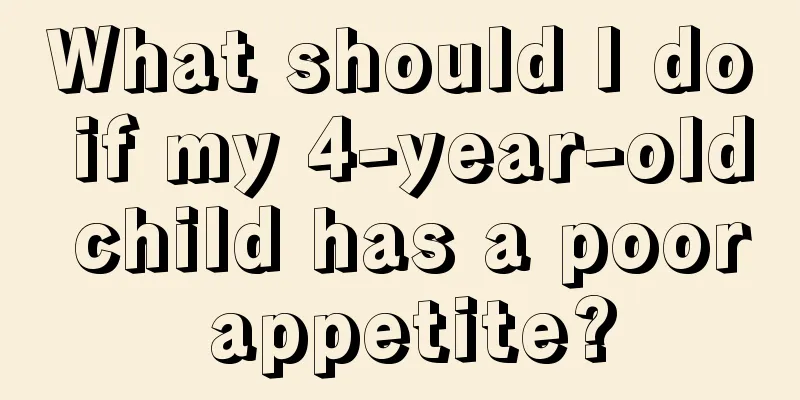What are the common neurological diseases in children?
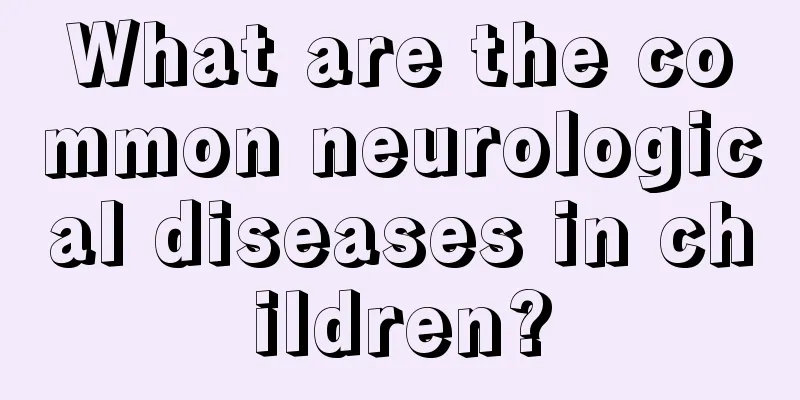
|
Children's bodies are very susceptible to various external factors and may become ill. For example, various neurological diseases are one of the major threats to children's health. These diseases can cause great harm to children's health, ultimately endangering their future and causing immeasurable harm to their families. Let’s take a look at the common diseases in pediatric neurology. I hope you can understand them. There are many diseases in pediatric neurology, the most common of which is cerebral palsy, which is seen by people as a child with low intelligence and abnormal limb movements. There is also facial paralysis, which is a relatively common disease. If the symptoms are mild and can receive scientific and correct treatment, it can be recovered quickly. Another common pediatric neurological disease is epilepsy, which is a relatively troublesome disease. If an attack occurs, anti-epileptic drugs will often need to be taken, and the treatment cycle is relatively long. In addition, patients with encephalitis or mild encephalitis can recover quickly through injections and medication. There are many pediatric neurological diseases. It is recommended that parents can understand them appropriately. Only by correctly identifying the disease can they better take their children for treatment and better ensure their healthy growth.Cerebral palsy is a group of persistent central movement and posture development disorders and activity restriction syndromes. Brain nerve damage is irreversible, cannot be regenerated, and cannot be repaired. Therefore, cerebral palsy is incurable. Currently, there are clinical methods for treating cerebral palsy, which mainly focus on improving the patient's physical function and the above-mentioned accompanying symptoms. Patients with mild symptoms can return to normal and return to their daily lives through standardized and systematic treatment; those with moderate to severe symptoms can also improve and enhance their motor function and quality of life, thereby reducing the burden on their families and society. There are many symptoms of cerebral palsy in children, such as sudden stiffness of the child: difficulty in certain positions, such as dressing the child in a supine position, flexing his body or hugging him. Loose: The baby's head and neck are loose and he cannot lift his head. When he was held in the air, his limbs drooped. The baby rarely moves. Developmental delay: Learning to lift the head, sit, and use hands is slower than that of children of the same age. One part of the body may be used more than another, e.g. some children often use one hand instead of both. Poor feeding: Poor aspiration and swallowing. The tongue often pushes milk and food out. Difficulty keeping quiet. Abnormal behavior: May be crybaby, irritable, and a poor sleeper, or may be very quiet, sleep too much, or not smile at 3 months. |
<<: What is the best way to treat anal fissure in children?
>>: What should I do if my child is always itchy?
Recommend
Red spots on children's face
The condition of urticaria is extremely complicat...
Effects of runny nose in babies
In the 1960s, our country had just embarked on th...
How to massage a child to reduce fever
Children are particularly prone to fever when the...
How to check the allergens for baby's milk allergy
After birth, the baby's body is still in the ...
Child vomits after eating breakfast
If children experience nausea and vomiting while ...
What to do if your baby has high muscle tension in his limbs
Every baby is the continuation of the lives of hi...
cloudy urine in children
Many parents will find that their children have t...
What are the precautions for children to use nebulizer?
Nebulizer therapy refers to a treatment method th...
The symptoms of calcium deficiency in baby's hair, parents should understand these knowledge
As we all know, calcium is very important for chi...
What are the symptoms of stomach pain in a six-month-old baby?
Babies in their early childhood are very prone to...
What is the situation of a two-month-old baby having less sleep?
In the eyes of parents, the most important thing ...
Nursing and treatment of hydrotesticular effusion in infants
The phenomenon of hydrotesticular effusion in inf...
What to do if your baby snores and holds his breath while sleeping
Some babies snore when they sleep, and many paren...
What to do if your baby is allergic to egg yolk
Everyone knows that babies need to add complement...
What are the symptoms of lymphadenopathy in children?
Children are most susceptible to illness during t...
